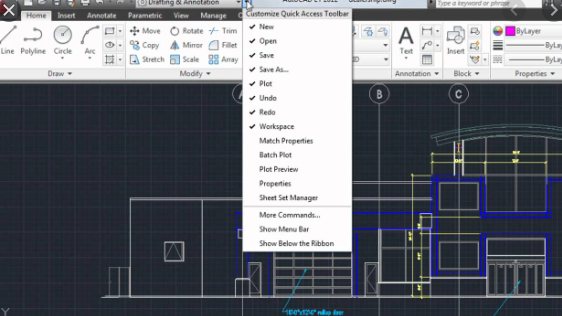

You will need to update your font cache before fonts you place in this folder are available in applications. Place font files in this directory to install them for your user account. If it doesn’t exist, right-click in your home directory, create a new folder, and name it. In Nautilus, click View > Show Hidden Files to view hidden folders. First, open your Home directory in a file manager. You can install fonts manually - or install multiple fonts at once - by placing them in your user account’s. Click the Install button to install the font for your user account. On Ubuntu or any other GNOME-based Linux distribution, GNOME Font Viewer will appear. You can then double-click the font to preview it. To install a font, first download it in TrueType (.ttf), PostScript Type 1 (.pfb +.

To install multiple font files at once, drag and drop them onto the Font Book window.ĭifferent Linux distributions come with different desktop environments, and those different desktop environments contain different applications for this. You can then re-enable it from the same menu later. To disable a font you’ve installed, right-click it and select Disable “Font Name” Family. To remove a font, right-click it and select Remove “Font Name” Family. To launch it from your keyboard, press Command + Space to open Spotlight search, type “Font Book,” and press Enter. You can also open Launchpad and click the Font Book shortcut. To open it, open the Finder, click Applications in the sidebar, and double-click Font Book. You’ll find a list of installed fonts in the Font Book application. Click Install Font in the preview window to install it. Double-click the downloaded font file to preview it. To install a font on Mac OS X, download it in OpenType (.otf), TrueType (.ttf), Datafork TrueType Suitcase (.dfont), or an older type of font file Macs supports, like PostScript Type 1. To install multiple fonts at once, drag and drop them into the Fonts window. Uninstall a font by right-clicking it and selecting Delete. You can also press the Windows key once to open the Start menu or Start screen, type “Fonts” to search your system, and click the Fonts folder shortcut that appears.įrom here, you can preview your installed fonts. Open the Control Panel, click Appearance and Personalization, and click Fonts to access it. You’ll find a list of installed fonts in your Fonts folder.


 0 kommentar(er)
0 kommentar(er)
